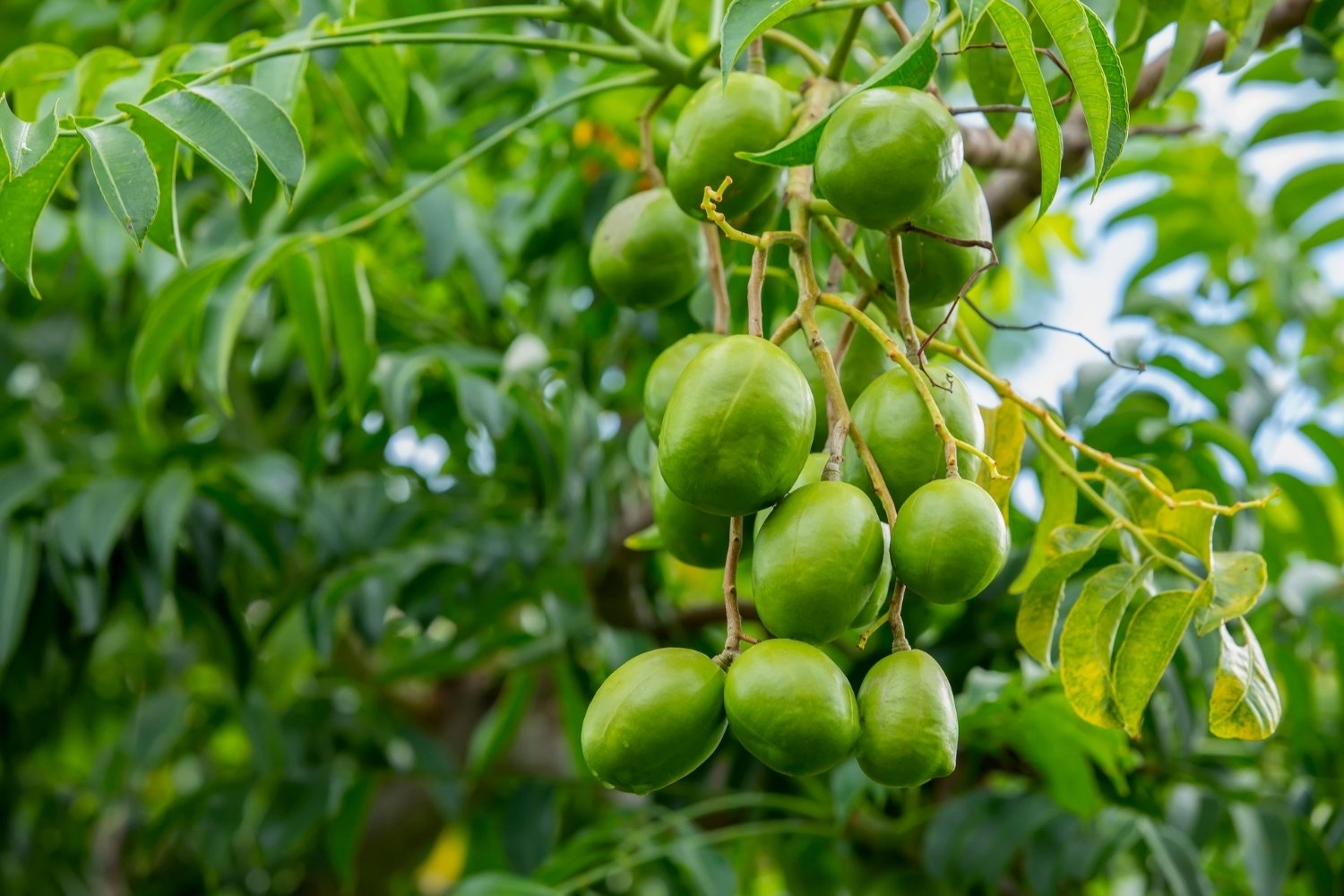
Hog plums are fascinating fruits that many people might not know much about. These small, oval-shaped fruits come in various colors, including yellow, green, and red. Did you know that hog plums are not only delicious but also packed with nutrients? They are rich in vitamins A and C, which are essential for maintaining good health. Hog plums are often used in traditional medicine to treat various ailments. They can be eaten fresh, made into jams, or even used in savory dishes. Curious about where they grow? Hog plums thrive in tropical and subtropical regions around the world. Intrigued yet? Keep reading to learn more about these amazing fruits and their many uses.
What is Hog Plum?
Hog plum, also known as Spondias mombin, is a tropical fruit that grows in many parts of the world. It's known for its tangy taste and nutritional benefits. Let's dive into some interesting facts about this unique fruit.
-
Hog plum belongs to the cashew family. This might surprise many, but hog plum is a distant cousin of the cashew and mango.
-
The fruit is native to the tropical Americas. It thrives in warm climates, particularly in Central and South America.
-
Hog plum trees can grow up to 20 meters tall. These towering trees provide ample shade and produce a significant amount of fruit.
-
The fruit has a tart flavor. Its taste is often compared to a mix of pineapple and mango, making it a favorite in many dishes.
-
Hog plums are rich in Vitamin C. This makes them excellent for boosting the immune system and fighting off colds.
Nutritional Benefits of Hog Plum
Hog plum isn't just tasty; it's packed with nutrients that can benefit your health in numerous ways.
-
High in antioxidants. These compounds help protect your cells from damage caused by free radicals.
-
Contains dietary fiber. This aids in digestion and helps maintain a healthy gut.
-
Rich in potassium. Potassium is essential for heart health and helps regulate blood pressure.
-
Low in calories. A great option for those looking to maintain or lose weight without sacrificing flavor.
-
Contains iron. Iron is crucial for producing red blood cells and preventing anemia.
Uses of Hog Plum
Hog plum is versatile and can be used in various culinary and medicinal applications.
-
Eaten fresh or dried. Both forms are popular, with dried hog plums often used in snacks and desserts.
-
Used in jams and jellies. The fruit's natural pectin makes it ideal for these sweet spreads.
-
Incorporated into sauces and chutneys. Its tangy flavor adds a unique twist to savory dishes.
-
Used in traditional medicine. In some cultures, hog plum is used to treat ailments like diarrhea and sore throats.
-
Leaves and bark have medicinal properties. They are often used in herbal remedies for their anti-inflammatory and antimicrobial effects.
Growing Hog Plum
Interested in growing your own hog plum tree? Here are some facts to get you started.
-
Prefers tropical climates. Hog plum trees thrive in warm, humid environments.
-
Requires well-drained soil. Good drainage is essential to prevent root rot.
-
Can be grown from seeds or cuttings. Both methods are effective, though cuttings may produce fruit faster.
-
Takes 3-4 years to bear fruit. Patience is key, but the wait is worth it for the delicious harvest.
-
Needs regular watering. Consistent moisture helps the tree grow strong and healthy.
Fun Facts About Hog Plum
Let's explore some quirky and lesser-known facts about hog plum.
-
Also known as "yellow mombin." This name comes from the fruit's bright yellow color when ripe.
-
Attracts wildlife. Birds and animals love hog plums, making the trees a hub of activity.
-
Used in making alcoholic beverages. In some regions, hog plum is fermented to produce a local wine or spirit.
-
The wood is used in construction. Hog plum wood is durable and often used for building furniture and houses.
-
Leaves are used as fodder. Farmers sometimes feed hog plum leaves to livestock.
-
Flowers are fragrant. The small, white flowers have a pleasant scent that attracts pollinators.
-
Can be invasive. In some areas, hog plum trees spread rapidly and can become difficult to control.
Final Thoughts on Hog Plums
Hog plums are more than just a tasty treat. Packed with vitamins, minerals, and antioxidants, they offer numerous health benefits. From boosting immunity to aiding digestion, these fruits are a powerhouse of nutrition. Their versatility in culinary uses, from jams to savory dishes, makes them a favorite in many kitchens. Plus, their unique taste adds a delightful twist to any recipe.
Growing hog plums can be a rewarding experience. They thrive in tropical climates and require minimal care. Whether you're a seasoned gardener or a newbie, these trees are relatively easy to cultivate.
Incorporating hog plums into your diet or garden can be a game-changer. Their health benefits, culinary versatility, and ease of growth make them a valuable addition to any lifestyle. So, next time you see hog plums, give them a try. You won't be disappointed!
Was this page helpful?
Our commitment to delivering trustworthy and engaging content is at the heart of what we do. Each fact on our site is contributed by real users like you, bringing a wealth of diverse insights and information. To ensure the highest standards of accuracy and reliability, our dedicated editors meticulously review each submission. This process guarantees that the facts we share are not only fascinating but also credible. Trust in our commitment to quality and authenticity as you explore and learn with us.
